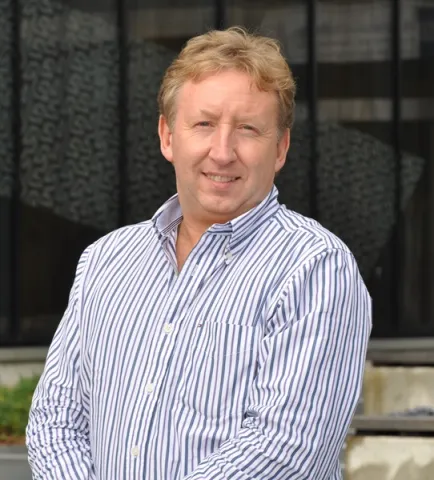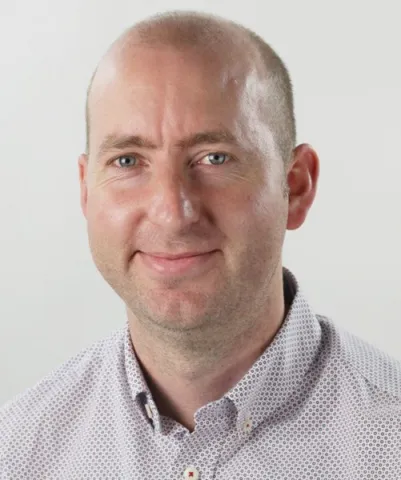Project overview
Silicon Photonics is currently transforming data communications, and beginning to impact longer reach applications. However, Silicon Photonics is now maturing and current commercially available transceivers mainly utilise modulators operating at 25Gb/s. Laboratory demonstrators for next generation systems either use multiple parallel lanes of 25Gb/s devices, or perhaps more complex modulation techniques to achieve higher aggregate data rates. Even the fastest research modulators, when integrated with drivers, operate up to approximately 50Gb/s OOK (or corresponding PAM4 modulation to reach a net aggregate speed of 100Gb/s). Researchers worldwide are trying to improve such modulators to squeeze the last few percentage points of improved performance out of these devices, or are turning to integration of other materials, which increases fabrication complexity and cost, and potentially reduces yield. In this work we have invented a way to improve the modulator/driver combination not by a few percent, but by 100%, which will lead to dramatic improvements in data rate, power consumption, and cost of implementation. We will demonstrate 100Gb/s OOK and 200Gb/s PAM4, as well as a novel Optical Time Division Multiplexing (OTDM) system. In effect, we have found a way to transfer functions that were traditionally done in the electronic domain, to the optical domain, saving cost and energy and dramatically improving performance.
The proposal provides detailed simulations of the proposed work as preparatory demonstration of the viability of the new techniques. This includes typical characteristics of modulators previously fabricated at the Southampton, which will now be operated in a different mode. Consequently, we are confident that the chances of success are very high.
Electronic drivers will be designed at Southampton and subcontracted to TSMC in Taiwan for fabrication. All optical devices will be fabricated at Southampton using the Silicon Photonics Foundry service called CORNERSTONE.
The proposal provides detailed simulations of the proposed work as preparatory demonstration of the viability of the new techniques. This includes typical characteristics of modulators previously fabricated at the Southampton, which will now be operated in a different mode. Consequently, we are confident that the chances of success are very high.
Electronic drivers will be designed at Southampton and subcontracted to TSMC in Taiwan for fabrication. All optical devices will be fabricated at Southampton using the Silicon Photonics Foundry service called CORNERSTONE.
Staff
Lead researchers
Other researchers
Collaborating research institutes, centres and groups
Research outputs
Weiwei Zhang, Martin Ebert, Ke Li, Bigeng Chen, Xingzhao Yan, Han Du, Mehdi Banakar, Dehn Tran, Callum Littlejohns, Adam Scofield , Guomin Yu, Roshanak Shafiiha, Aaron Zilkie, Graham T. Reed & David Thomson,
2023, Nature Photonics, 17(3), 273–279
Type: article
2022, IEEE Journal of Solid State Circuits, 58(1)
Type: article

